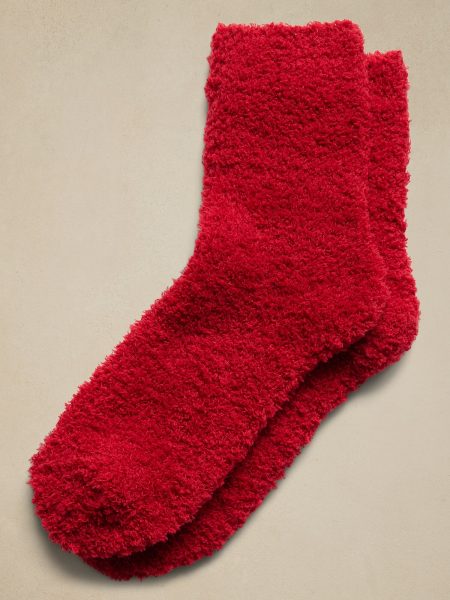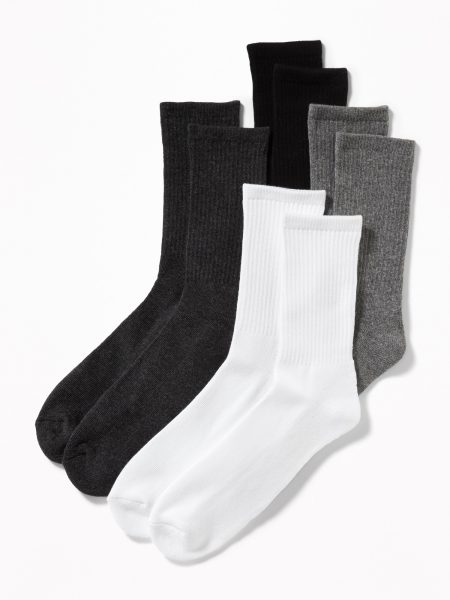Candy tampering still threat on Halloween
October 27, 2022
Sirens blare, and the red flash of an ambulance lights up the night. Another Halloween is ruined by toxic candy.
“I remember one year, back when I lived in Chicago, there were razor blades in my chocolate; from then on, my father and I would sit there, and he would watch me open every piece of candy,” Kathina Bindas, senior, said.
According to Joel Best on vice.com, a sociology and criminal justice professor at the University of Delaware, there is a lack of evidence that any child has been killed or seriously injured by a contaminated treat picked up during trick-or-treating.
“I still go trick-or-treating; I make sure to be careful. First of all, don’t go to any sketchy places, and make sure you check your candy for punctures or open wrappers,” Bindas said.
The first recorded event of tampering with candy was reported in the late 20th century and fostered the modern-day candy tampering myth. In 1959, a California dentist, William Shyne, gave candy-coated laxative pills to trick-or-treaters. He was charged with the outrage of public decency and unlawful dispensing of drugs.
Today there are still threats. The U.S. Consumer Product Safety Commission estimates an average of 3,200 Halloween-related injuries happen every year, and 25% of those happen while trick-or-treating. However, not all people grow up afraid of those around them despite the numerous instances of danger.
“The neighbors knew your name and asked about your family. These relationships made trick-or-treating much more of a personable interaction. I was a kid in the 80s when the original threats to the safety of candy were made. We brought it home, checked all the packaging for tampering, and also had to break each candy bar in half to make sure there weren’t pins inside,” Julie Bortoli, student counselor, said.
There are numerous different ways to identify and report tampered candy. However, most instances are never reported. Tampered candy can be highly dangerous for children under the age of five.
“The first thing that I would do if I ever found laced candy would be to go to the police and warn others because most trick-or-treaters are young children,” Adriana Schembari, junior, said.
Different types of safety precautions are followed during Halloween to prevent injuries.
“Honestly, the best practice is to be with friends and be aware of your surroundings,” Chris Chlebek, principal, said.
Besides candy being tampered with, some other dangers exist, such as traffic, weather, and other possible emergencies. According to caringforkids.edu, safety precautions include carrying a white bag or pillowcase for candy bags and adding some reflective tape. Dress for the weather. Cold weather and water-absorbent materials in the rain can be very uncomfortable. Bring a cell phone in case of an emergency Always travel in groups, and be sure there are at least 3 people.





